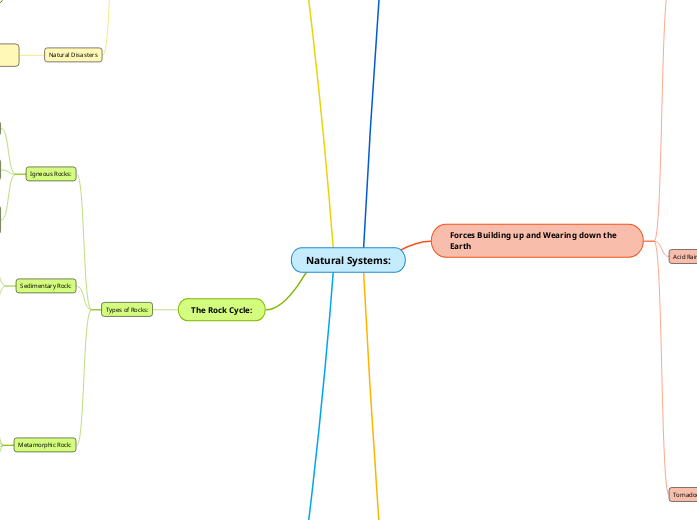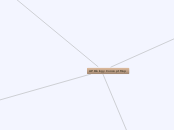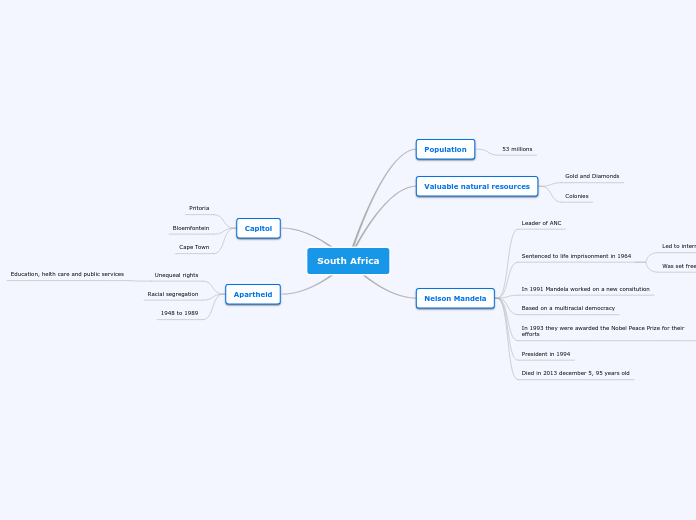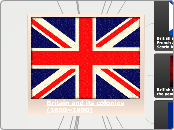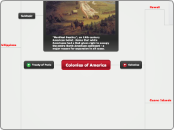Natural Systems:
Natural Regions and Resources:
Why care?
Are resources important enough to Canada that we should CARE about our relationship with the earth.
Classifying Natural Resources:
Natural resources are classified as either biotic and abiotic
Antibiotic: Non-living materials including materials including minerals and metals.
Nickel
Silver
Diamonds
Gold
Biotic: Resources extracted from the earth or grown.
Natural gas
Fruit
Timber
Petroleum
Non-renewable resource:
Formed so slowly in nature that they are considered gone forever after they have been used. E.g, minerals and soils.
Renewable resource:
If managed wisely, can be replaced or used again. E.g. plants and animals
Flow resource:
Neither renewable nor non-renewable, must be used when and where they occur or they are gone.
The Rock Cycle:
Types of Rocks:
Metamorphic Rock:
Schist
Marble
Gneiss
Heat and pressure do not change the chemical makeup of the parent rocks but they do change the mineral structure and physical properties of those rocks.
Through the metamorphic process, both igneous rocks and sedimentary rocks can change into metamorphic rocks, and a metamorphic rocks, and a metamorphic rock can change into another type of metamorphic rock.
Metamorphic Rock is formed when rocky material experiences intense heat and pressure in the crust of the earth.
Sedimentary Rock:
Cementation (where the sediment becomes cemented into rock)
Compaction by rock, ice or other sediments
Deposition by water, wind or ice
Erosion by water, wind or ice
form at or near the earth's surface at relatively low temperatures and pressures primarily by:
Igneous Rocks:
Can form underground, where the magma cools slowly or igneous rock can form above ground, where the magma cools quickly.
Magma is a hot liquid made of melted minerals. The minerals can form crystals when they cool.
Examples:
Obsidian
Basalt
Granite
Is formed when magma cools and makes crystals.
Plate Tectonics
Types:
Earthquakes and volcanoes tend to happen along plate boundaries.
Earthquakes and Volcanoes
Earthquakes and volcanoes frequently occur where the edges of the earth's plates are colliding or moving away from one another.
Every year there are about 30,000 earthquakes (Seismologists study these) that are strong enough to be felt)
Surface of the Earth is a thin layer of moving plates, and below these plates is material that is also in motion
Iron and Magnetic Field
When the rock hardens, the iron particles are aligned forever and show a record of changing magnetism and expanding oceanic crust.
The iron inside the hardened magma that rises from within the Earth lines up with the current magnetic filed
Age of Ocean Floor
The age of the ocean floor suggests that the continents have been drifting apart for years. As you move away from the plate boundaries the age of the crust is older.
Evidence of Ice sheets
Ice sheets developed in areas that we recognize as tropical today and too warm for show and ice. This suggests that one time the continents were located closer to the South Pole
Mountain Ranges
The appalachain mountains in North America and the Caledonian Mountains in Europe seem to have been broken because they are the same AGE and type of rock.
Fossils
Fossils of the same creatures were found on two continents that are very far away from each other and can not travel over large bodies of water
Puzzle Piece
The continents fit together like a jigsaw puzzle
Earth is composed of:
Crust
A layer from 4-25 miles thick consisting sand and rock.
Mantle
A rock layer about 1,750 miles thick that reaches about half the distance to the center of the earth. parts of this layer become hot enough to liquify and become slow moving molten rock or magma
Outer core
A mass of molten iron about 1,425 miles that surrounds the solid inner core. Electrical currents generates from this area produce the earth's magnetic
Inner core
A mass of iron with a temperature of about 7000 degrees F. Although such temperatures would normally melt iron, immense pressure on it keeps it in a solid form. The inner core is approximately 1,500 miles in diameter
Natural Disasters
Causes:
They are caused from many different reasons . For example soil erosion, seismic activity, tectonic movements, air pressure, and ocean currents etc. Natural activities like disasters taking place in the earth's crust, as well as surface, are the main reasons for these disasters
Where?
Most likely takes place all around the world but mostly in:
Hawaii
China
Indonesia
Oman
New Orleans
Turkey
Iran
Damages/harms
Buildings
To people
Types of disasters
Tsunami
Earthquakes
Hurricanes
Main Ideas
Why it happened?
Where it happened?
What happened?
Type of disaster
Forces Building up and Wearing down the Earth
Tornadoes:
Where do tornadoes happen?
Tornadoes happen in every continent of the world.
In the US mostly tornadoes happen in Texas, Kansas, Oklahoma, and Florida.
What caused a tornado?
As the tornado moves forward, this warm wind rushing upwards can pickup any objects in its path.
The winds swirl and the warmer air below rushes upwards at a terrific speed.
When a cold wind high up meets warmer air and warmer winds lower down.
After a tornado:
Use a flashlight to inspect your home/area.
Watch out for downed power line.
Check for injured or trapped people, without putting yourself in danger.
Stay indoors until it is safe to come out.
During a tornado:
If you are outside, go to a ditch or crouch down and cover your head.
Get out of cars. Do not try to out run a tornado in your car, leave it immediately.
Go to a basement. If you do not have a basement, go to a room that does not have windows or the lowest floor.
Before a tornado:
Prepare a disaster kit for the car at home
Make sure you know which country or town you live in.
Have a disaster plan. Make sure everyone knows where to go in case a tornado threatens.
Acid Rain
Burning Coal/oil/turf
Releases Nitrusoxide and Sulphur dioxide (harmful toxins)
Mixes with the clouds
Rain that falls is slightly acidic
Effects:
Reduces crop yields
Kills fish
Kills trees
Volcanoes
Secondary Impacts
Acid rain
Businesses destroyed
Lack of money
Causing Unemployment
Lack of emergency aid
Area unsafe
Roads blocked
Shortage of Food
Shortage of clean-water
Psychological Trauma
Lost Homes
Death
Fires
Mud-flows
Rain
Volcanic Material
Primary Impacts
Carbon dioxide suffocation
Animals
Plants
People
Water supply contaminated
Plants damaged
People injured/killed
Falling Rocks
Lava flows
Pyroclastic flows
Roads damaged
Buildings destroyed
Geological Eras
Cenozoic Era
Tertiary
Uintatherium, plesiadapis, heractherium (mammals)
First monkeys and apes, flowering plants most common, grasses
66-1.8 million years ago
Spans from 66 million years ago to the present
Mesozoic Era
Cretaceous
Triceratops, magnolia, tyrannosaurus rex
First flowering plants, end of the period mass extinction of dinosaurs and many other organisms
144-66 million years ago
Paleozoic Era
Carboniferous
Cockroach, dragonfly, coal forest
Tropical forests, insects and amphibians, earliest reptiles.
360=286 million years ago
Permian
Largest mass extinction in geologic history
Seed plants, insects, reptiles, most sea animals and amphibians become extinct
286-245 million years ago
Devonian
Devonian forest, shark, lung fish, bony fish
Many types of fishes, early amphibians, ferns and cone plants
408-360 million years ago
